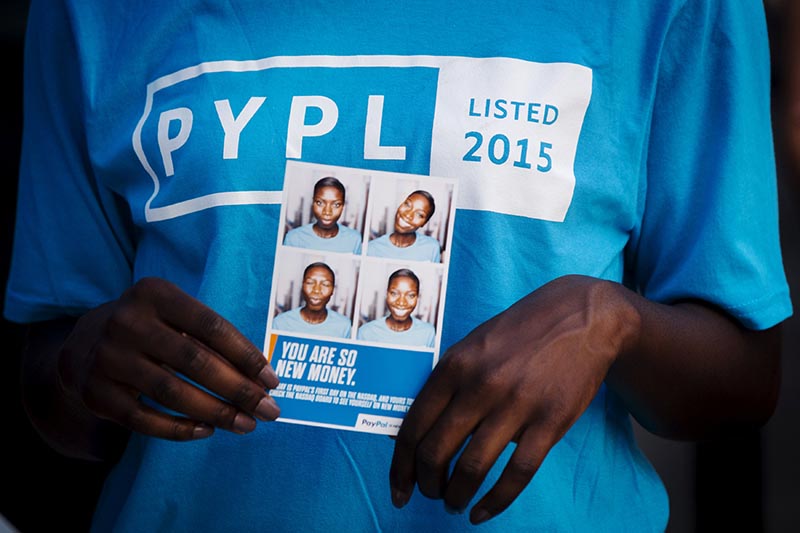Fintech faithful put payments on a pedestal
NEW YORK: Fintech's faithful are putting payments on a pedestal. Square and PayPal shares are near all-time highs – as are those of venerable outfits like Visa, MasterCard and First Data. They’re each chasing what could be a $2.3 trillion revenue business by 2019, according to McKinsey. But they can’t all be winners.
Privately held Stripe kicked off the frenzy last November when it raised $150 million in its fourth funding round. That doubled to $9.2 billion the valuation of the seven-year-old company, which builds software to allow companies to quickly set up and track digital payments.
Since then, shares in Square, which initially focused on in-store payments, have rocketed 115 percent, valuing the company at $10 billion and an eye-popping 50 times estimated 2020 earnings. PayPal, which reports second-quarter earnings on Wednesday, shot up 45 percent; at $70 billion it’s worth almost twice as much as former parent eBay.
To an extent, investors are more comfortable with strategy and management. After all, Square lost biggest customer Starbucks right before going public in 2015 and shares Chief Executive Jack Dorsey with struggling Twitter.
Old and new players keep teaming up, too. PayPal last week struck alliances with JPMorgan Chase and Citigroup which included allowing the banks' customers to use rewards points to pay for goods over the network run by Daniel Schulman. Stripe’s clients can now accept payments from Alipay and WeChat’s hundreds of millions of customers in China. Most also have deals with Visa and MasterCard.
While this may drive more volume through the various platforms, there are some big wrinkles to the apparent love-fest. First, the likes of PayPal, Square and the banks are as much rivals as they are partners, so the cooperation can only go so far. Second, there are plenty of others battling for market share, many of them with deep pockets like Alphabet, Amazon, Apple and Facebook.
Finally, as competition heats up, fees are likely to drop from what may, at best, be 1 percent of purchasing volume, based on Square data. As income gets squeezed, that’ll put more importance on winning more flow. The bottom line will eventually bear these costs. Despite what shareholders appear currently to expect, not all can come out on top.






